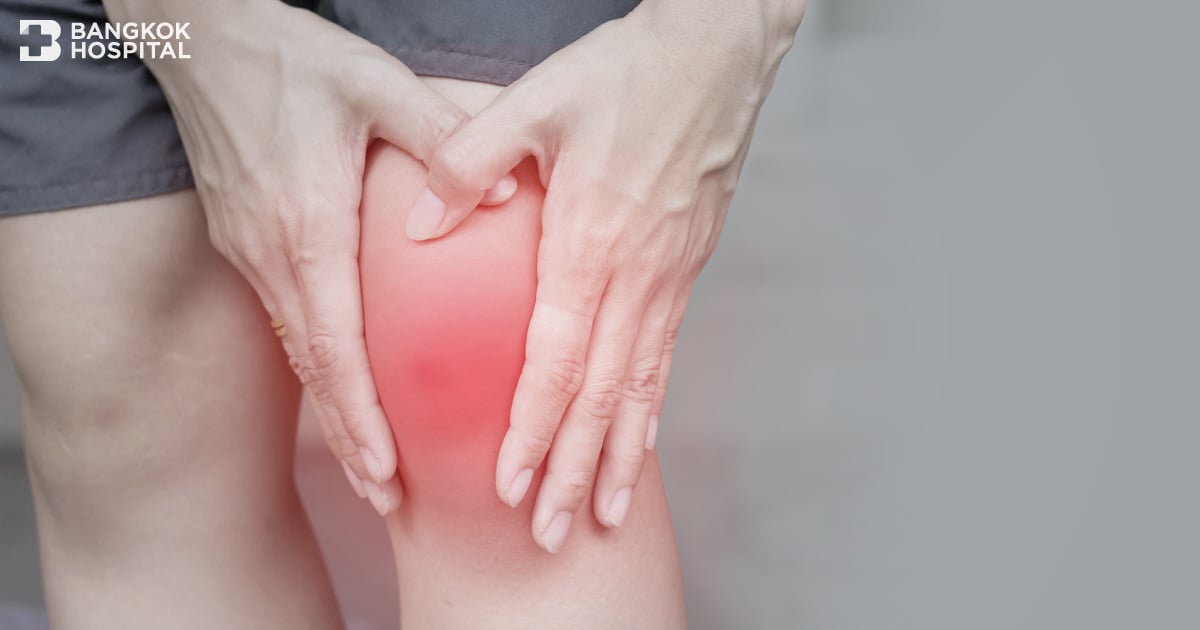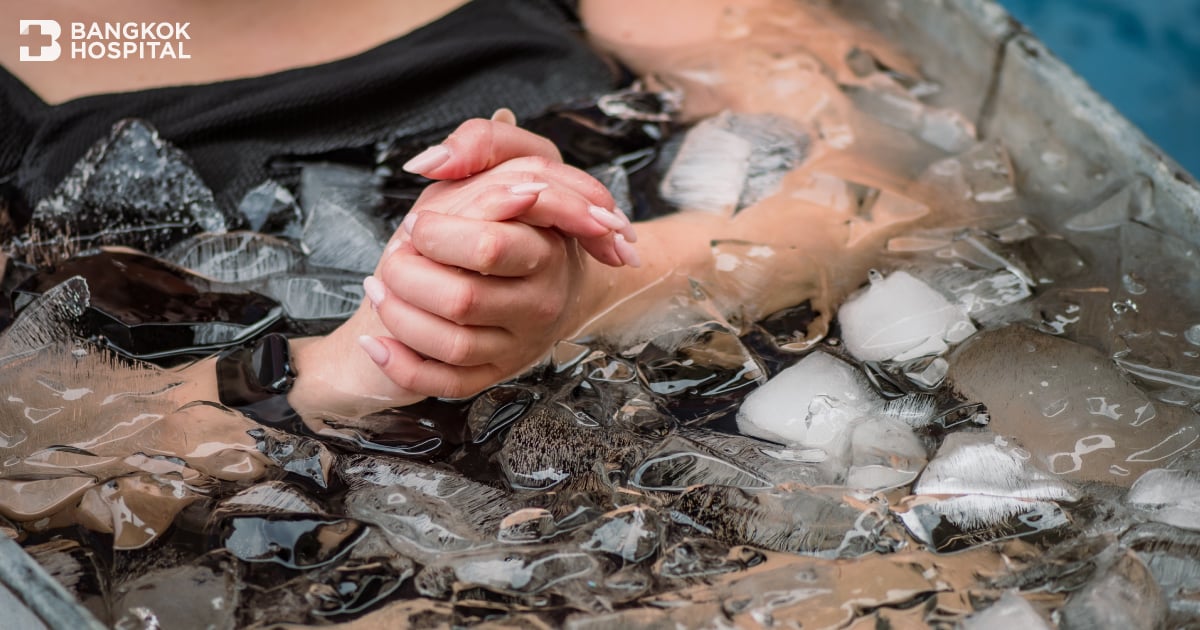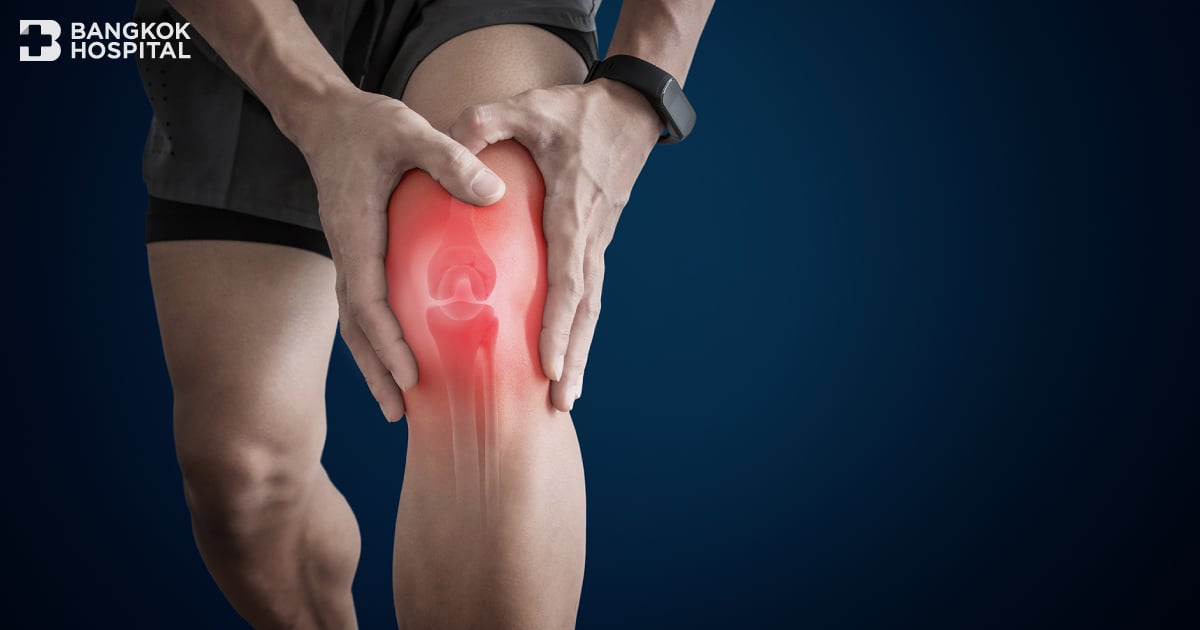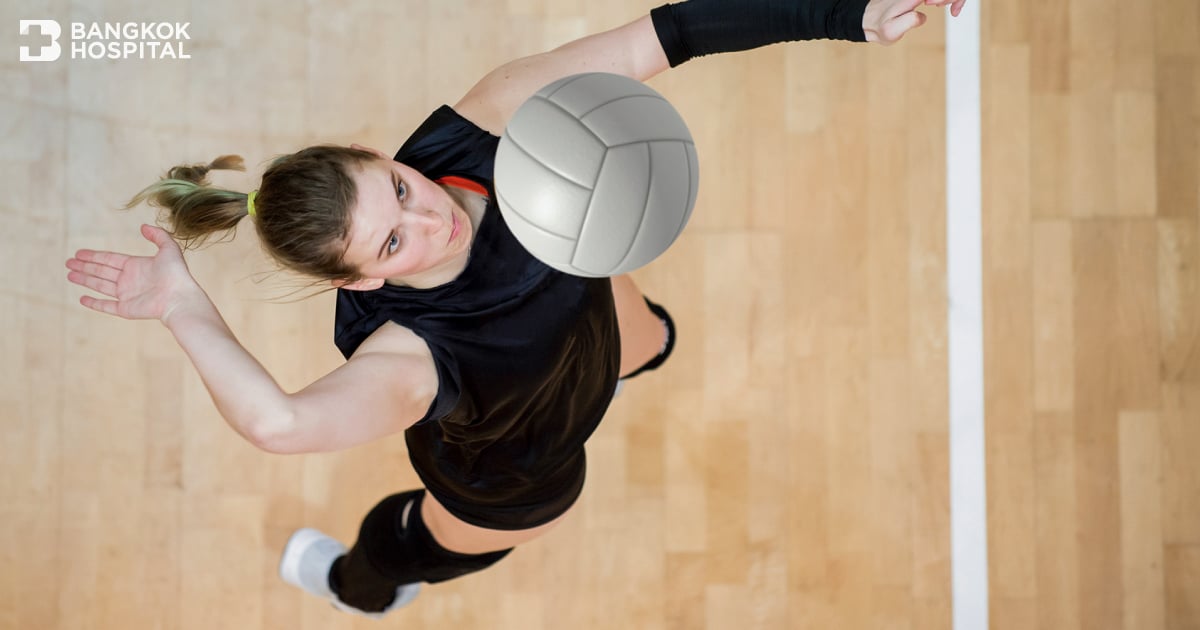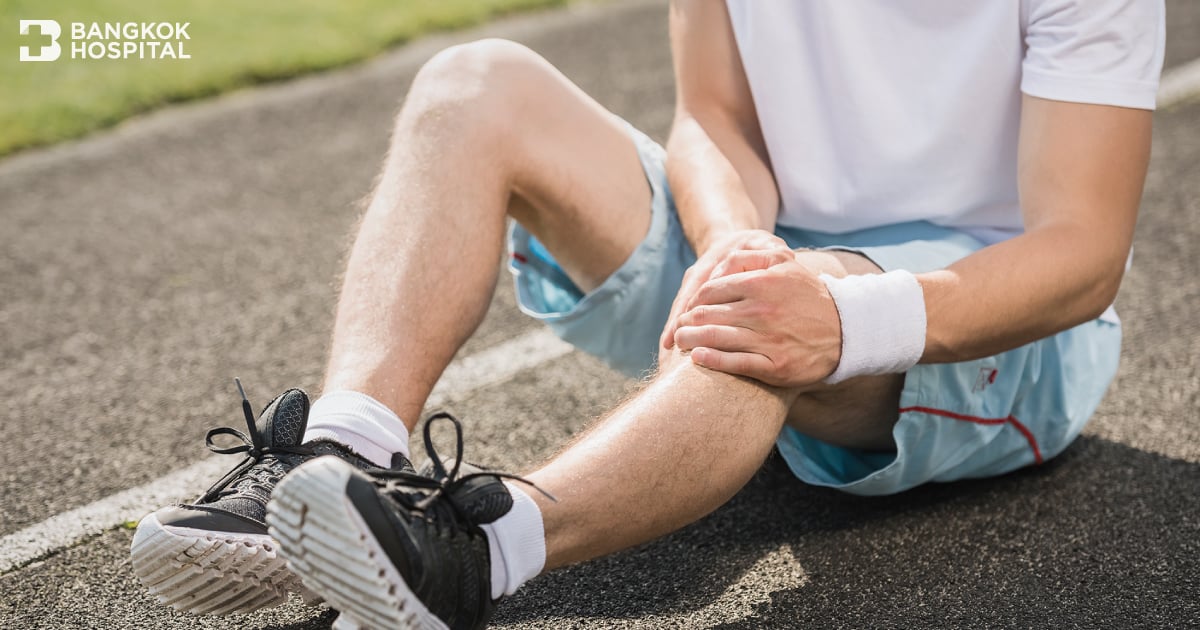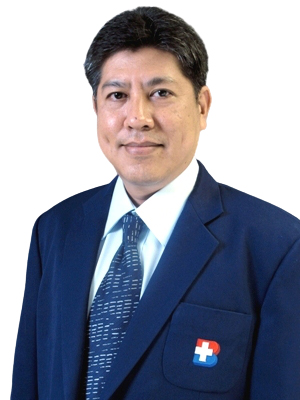A new alternative treatment for injury and inflammation of joints, muscles and tendons, the patient’s own platelet-rich plasma (PRP) is injected into the injured area. This type of cell therapy helps accelerate natural healing and rehabilitation. PRP contains growth factors which help repair and restore tendons and joints, reduce pain and chronic inflammation. Most importantly, there is no usage of steroids, no surgery is involved and no side effects is involved.
What Is PRP?
PRP (Platelet Rich Plasma) is the treatment for injuries and inflammation of joints, muscles, and tendons by the patient’s own concentrated platelets. The patient’s blood is aseptically collected and processed by centrifugation to separate out red blood cells and white blood cells which are the cause of inflammation. Healthy plasma and growth factors are now concentrated enough for use. Once the PRP is injected into the affected area, the plasma will accelerate secretion of growth factors to repair and build new cells 50% faster than other treatments. This is why cell therapy is another effective option to treat pain and recover bones, joints, tendons, and muscles after injuries. However, the treatment must be under doctor’s advice.
What Injuries Can Be Treated with PRP?
- Muscles Inflammation
- Posterior Thigh Muscles
- Calf Muscles
- Quadriceps Muscles
- Gluteal Tendons
- Inflamed or Partially Torn Ligaments
- Torn Knee Ligament
- Inflamed Knee Ligament
- Injured Knee Ligament
- Achilles Tendonitis
- Posterior Knee Tendonitis
- Adductor Tendonitis
- Hip Tendonitis
- Tennis Elbow
- Shoulder Tendonitis or Torn Ligament
- Torn Muscle Ligament or Inflamed Muscular Fascia
- Strained Muscle
- Plantar Fasciitis
- Ankle Injury
- Degenerative and Inflamed Joints
- Knee osteoarthritis and inflamed, torn meniscus, patella
- Hip osteoarthritis and inflamed
- Shoulder joint
- Injured elbow bone
- Sprained ankle
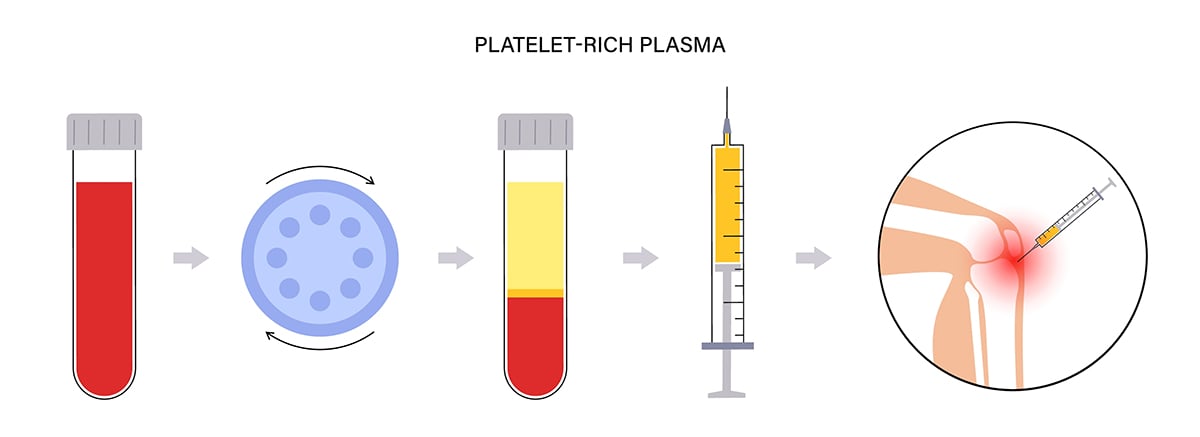
PRP Treatment
The process of PRP treatment is as follows:
- Using aseptic technique, 10 cc of blood is drawn from the patient’s vein around back of the hand or elbow pit.
- Blood is centrifuged at a suitable speed to separate plasma and growth factors to get the right concentration and amount for treatment. Doctor then injects the PRP to the injured, inflamed, or problematic area to reduce pain and stimulate the repair process.
How Many Sessions and How Often for PRP Treatment?
It takes 2 – 3 injections of PRP for the treatment, with each about 3 – 4 weeks apart or as per doctor’s advice. Improvement is often observed from the 3rd week onward.
Pre – Treatment Guidelines
- Get enough rest and sleep
- Eat all 5 food groups
- Abstain from drinking alcoholic beverages
- Provide history of drug allergies, congenital conditions, routine medications, especially anticoagulant drugs● If you are a regular NSAIDS user, stop taking them for at least 7 days prior to treatment.
Post – Treatment Guideline
After PRP injection, patient may experience pain and tightness around the treatment area for the first 48 hours. Use cold compression to help reduce the pain. If there is severe pain, patient can take paracetamol. Patient must not use NSAIDs, antibiotics or steroids as it may affect the healing process. If you experience swelling, redness, heat around the injected area, please seek doctor’s advice immediately.
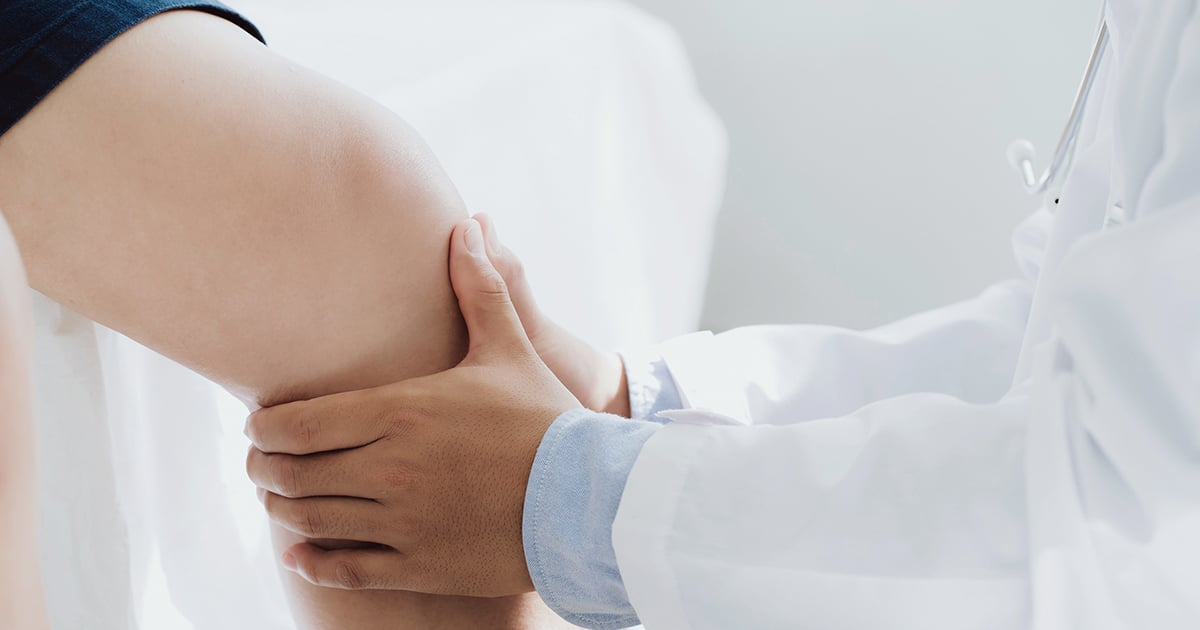
Benefits of PRP
PRP is a medical technique used to treat injuries in the joints, muscles, and tendons. Studies have shown that treatment is quite effective with minimal side effects since patients are being injected with their own blood components. Thus, there is no synthetic leftovers in the body that can cause allergic reactions or side effects. After treatment, the condition is continuously improved. There is high efficacy of treatment. Therefore, patients or athletes tend to prefer this type of treatment for their injuries.
Limitations to PRP Treatment
Patients in the following group are not recommended for PRP therapy
- Patients with history or symptoms of platelet disorders
- Patients with sepsis
- Patients who have fever
- Patients who have infection in the treatment area
- Patients who have cancer, especially hematologic cancers, or bone cancer
- Patients who have the following conditions should avoid treatment or receive treatment at the discretion of the doctor:
- Patients who received corticosteroid to reduce inflammation with the affected area in the last one month
- Patients with history of autoimmune disease
- Pregnant and nursing women
What are the risks of PRP?
Patients who received PRP therapy may have pain around the injected area. However, the level of pain depends on each individual. There may also be a risk of infection in the injected area.
How to get good results with PRP Therapy
Whether the results will be satisfactory or not depends on the condition of the injury and each individual response to PRP therapy. The injured tissue and the health of the patient are also important. If the injury affects the muscle, it may heal quicker than tendons and ligaments as well as joint injuries. For example, treatment of the elbow and shoulder will have different effects and vary in duration of treatment. Most patients with chronic conditions will require longer treatment and the results may not be as effective as those with acute injuries.

